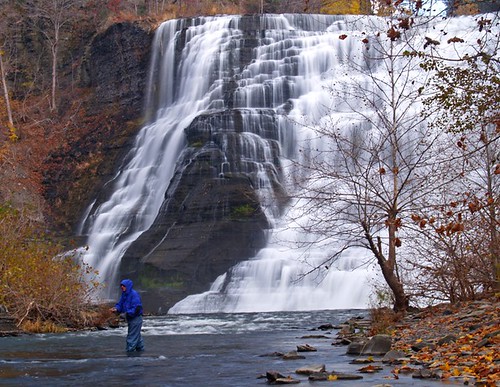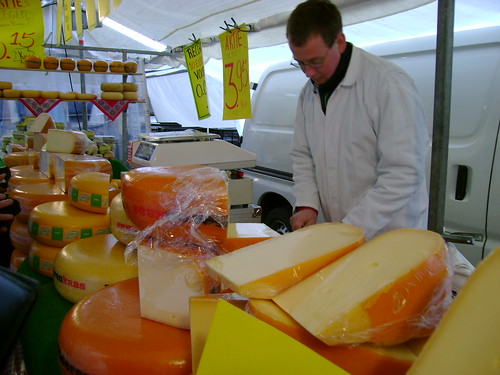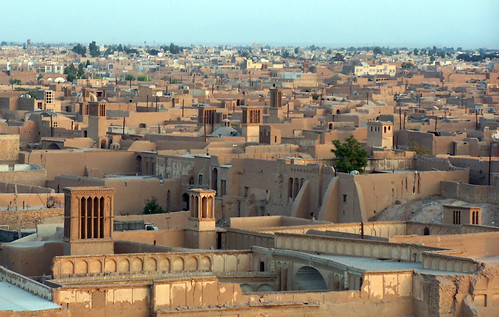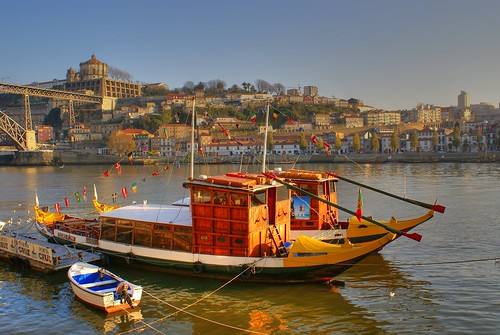The cases appear to be dotted all over Gradesnica, like bones buried by dogs. One cache was unearthed by farmers plowing their fields. Two more were found when a glint of metal in the sand of an old trench caught one farmer's eye.
The cases were filled with
wines and cognacs from World War I. French connoisseurs are paying enormous sums for these rare and spectacular bottles of cognac (the wine has gone bad, apparently). A bottle was recently sold for
5,000 euros. (via
Chow)
Macedonia is negotiating for the use of its name. The dispute between Greek Macedonians and ethnic Macedonians ignites passions but doesn't generally affect the commerce and cooperation between the two nations. Greek Macedonians want to keep the name "Macedonia" for their provinces which go by the same name. They believe that it would be incorrect to allow Slavic Macedonians the exclusive use of the name. The Greeks want their neighbor to be called the Former Yugoslav Republic of Macedonia (FYROM). The dispute is in negotiation through the United Nations.
The city pictured above is the capital of Macedonia (FYROM),
Skopje. Greeks use this name to refer to the entire nation in order to avoid confusion with their Macedonian province. Linguists would say that the Greeks are using a "metonym."










